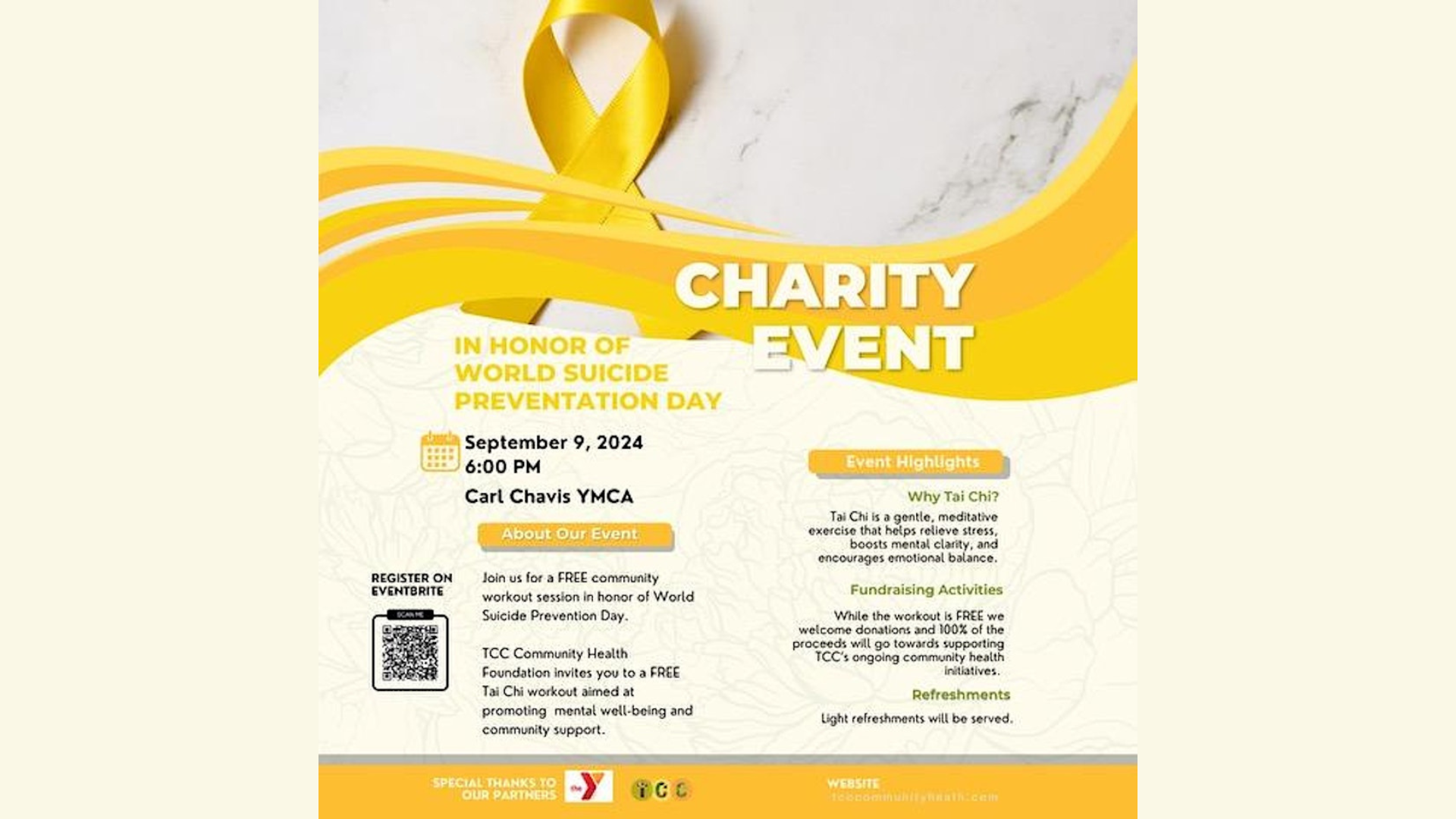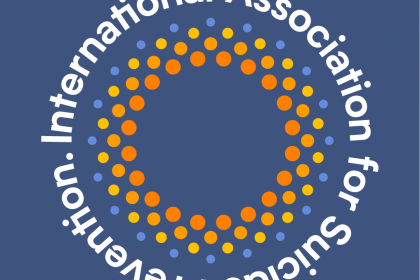
- This event has passed.
FREE Community Tai Chi Workout In Honor of World Suicide Prevention Day
September 9, 2024 @ 6:00 pm - 7:00 pm

Come join us for a relaxing and invigorating Tai Chi session at the Carl Chavis YMCA Child Care Center! In honor of World Suicide Prevention Day, we are hosting this event to promote mental well-being and mindfulness. Tai Chi is a gentle form of exercise that can help reduce stress and improve overall mental health. No experience is necessary, so whether you’re a beginner or a Tai Chi pro, everyone is welcome to participate. Let’s come together as a community to support each other and prioritize mental wellness. See you there!



